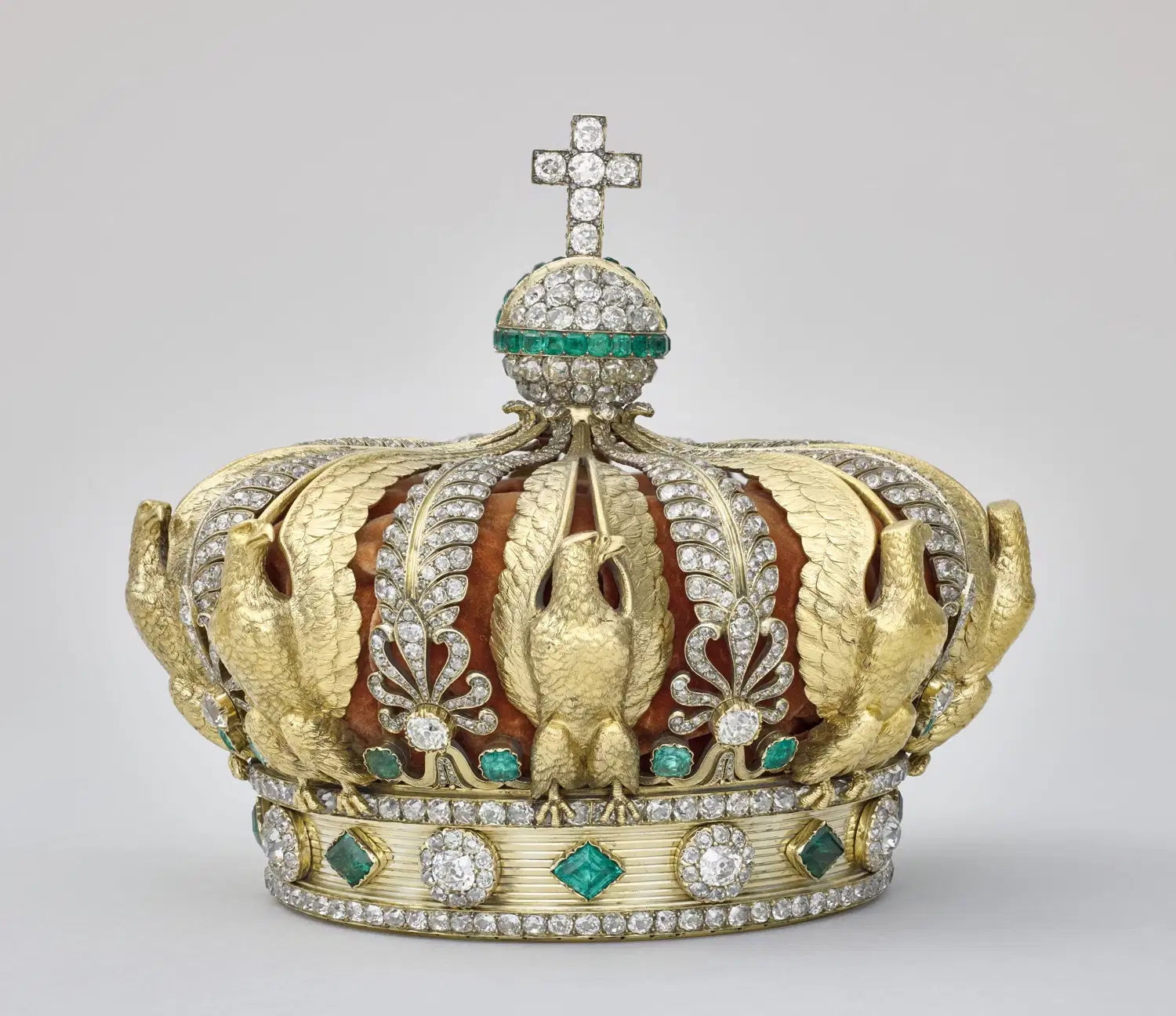This morning the Louvre Museum in Paris was the scene of an incredible theft of priceless historical jewelry, forcing the management to close the institution’s doors for the entire day. “The Louvre Museum,” reads the laconic message posted on the official website, “will be closed today for exceptional reasons. Those who have booked a visit during the day will be refunded. We thank you for your understanding.” According to reports from the French Interior Ministry, the action was carried out by a group of experienced thieves who acted quickly and in a coordinated manner, without resorting to violence against people present.
The alarm went off shortly after 9:30 a.m. local time, when the three or four perpetrators targeted the Galerie d’Apollon, located on the south side of the museum and home to the collection of French crown jewels. This section houses, among other items, tiaras, crowns and ornaments that belonged to Napoleon, Napoleon IIIand their consorts, as well as a selection of diamonds known as Regent, Sancy and Hortensia. The gallery, featuring opulent furnishings and ornate ceilings, represents one of the most valuable and controlled sections of the entire museum. In particular, thieves took away nine French crown jewels.

According to Interior Minister Laurent Nuñez, the perpetrators of the theft used a truck-mounted crane and a freight elevator to reach the gallery windows. The tools used included small chain motors or cutting discs to break the glass in the display cases, an operation completed in about seven minutes. “This was an experienced team that had clearly carried out an inspection,” Nuñez said, emphasizing the speed and precision of the action. The thieves drove away on scooters, leaving only one of the stolen items in place, which was immediately recovered by authorities near the museum.
No injuries were reported among the staff or visitors present, as confirmed by Culture Minister Rachida Dati, who said she was personally on the scene along with security teams and police. Initial reports describe a scene of apparent calm: the thieves hit the display cases, took the jewelry and left the building without causing panic or violence. Some news sources indicate that the stolen pieces would include the crown of Empress Eugenie de Montijo of Montijo, wife of Napoleon III, which was found broken during the escape and severely damaged.
The Louvre, one of the world’s largest museum institutions, confirmed the closure of the rooms via an announcement posted on its channels, specifying, as mentioned above, that the decision had been made for “exceptional reasons.” The closure entailed the evacuation of the visitors presentand the prohibition of access to new arrivals, resulting in the blocking of the surrounding streets to allow law enforcement to operate. The museum, which welcomes up to 30,000 visitors daily and more than 8 million annually, houses more than 35,000 works of art including painting, sculpture and antiquities.
The investigation is being coordinated by the Paris Public Prosecutor’s Office, which has opened a file for “theft of jewelry” and “conspiracy to commit a crime,” with the support of units specializing in combating the illicit trafficking of cultural property. Police are analyzing surveillance footage and have cordoned off the Apollon Gallery area to collect fingerprints and other evidence. Items acquired include the tracks of the hoist and the crane truck used by the thieves, as well as images of the fleeing suspects.

The group’s modus operandi is reminiscent of other known robberies in Europe in recent years. Similar incidents include the theft of the jewels from the German royal collection in Dresden in 2019, when diamonds worth hundreds of millions of euros were taken, and the theft of the 100-kilogram gold coin from the Bode Museum in Berlin in 2017. In France, however, confirmed thefts inside the Louvre are rare. The most famous case remains that of 1911, when Leonardo da Vinci’s Mona Lisa was stolen by Vincenzo Peruggia and recovered two years later in Italy. Other episodes include the disappearance of minor works, such as a painting by Camille Corot stolen in 1998 that was never found.
News of the theft comes at a time when the security of the Louvre was already being debated. President Emmanuel Macron, in early 2025, had announced an €800 million renovation plan for the museum, aimed at improving security and surveillance, as well as conditions for visitors, who are often overcrowded in the area beneath the glass pyramid. Director Laurence des Cars had reported problems with thermal insulation, water infiltration, and outdated infrastructure that endangered the preservation of the works. Today’s incident could raise further questions about the effectiveness of protective measures in a structure of global significance.
Search operations for the perpetrators continue, with authorities engaged in reconstructing the thieves’ escape route and checking for possible links to groups already known to have committed similar thefts. A detailed list of the stolen jewelry has not been released, although news sources speak of nine pieces from the collection of Napoleon and Empress Eugenie. The recovery of the item abandoned by the thieves offers at least a first element for the investigation.
Today, in any case, Paris witnessed an unprecedented disruption at one of its most visited cultural landmarks, with tourists stranded at the entrance and staff forced to manage the evacuation of visitors and the securing of the gallery. French authorities called on the public to provide any useful information and to cooperate in reporting suspicious objects. Minister Nuñez reiterated that in addition to their commercial value, the stolen jewelry possesses priceless cultural and historical value. Experts from the Ministry of Culture and museum security are working closely to assess the damage to the display cases and structures, while investigative teams continue to search for those responsible and reconstruct in detail the stages of the criminal action.
This incident is part of a broader context of concerns about the security of high-value cultural collections, underscoring the complexity of protecting historic assets in a museum that combines public accessibility and the preservation of unique treasures. The Louvre, after opening in the morning, remained closed to allow authorities to perform all necessary investigations and preserve evidence critical to the continuation of the investigation.
 |
| Sensational theft at the Louvre: nine pieces of the French crown jewels stolen this morning |
Warning: the translation into English of the original Italian article was created using automatic tools. We undertake to review all articles, but we do not guarantee the total absence of inaccuracies in the translation due to the program. You can find the original by clicking on the ITA button. If you find any mistake,please contact us.